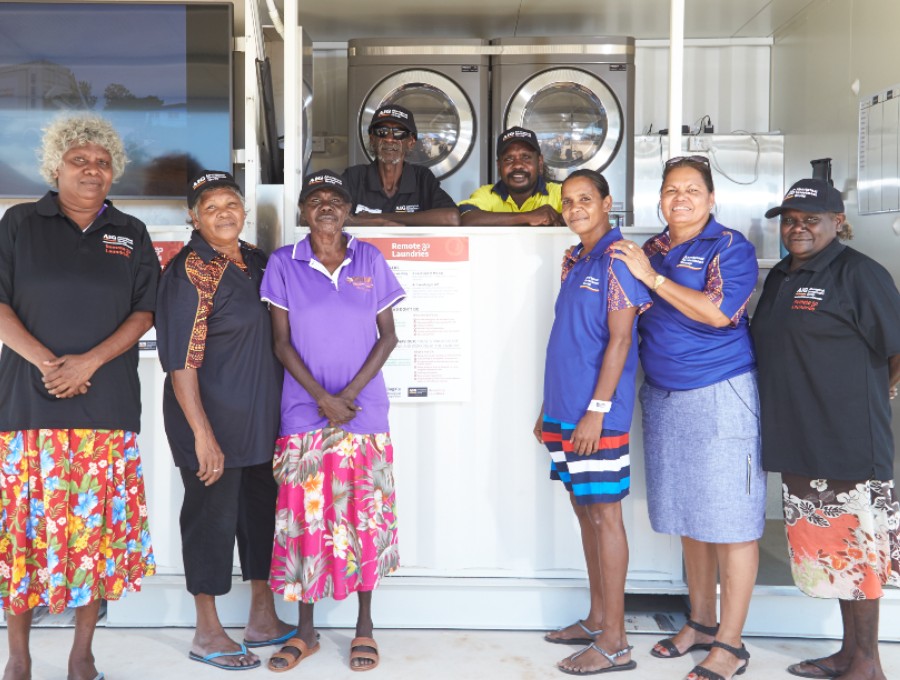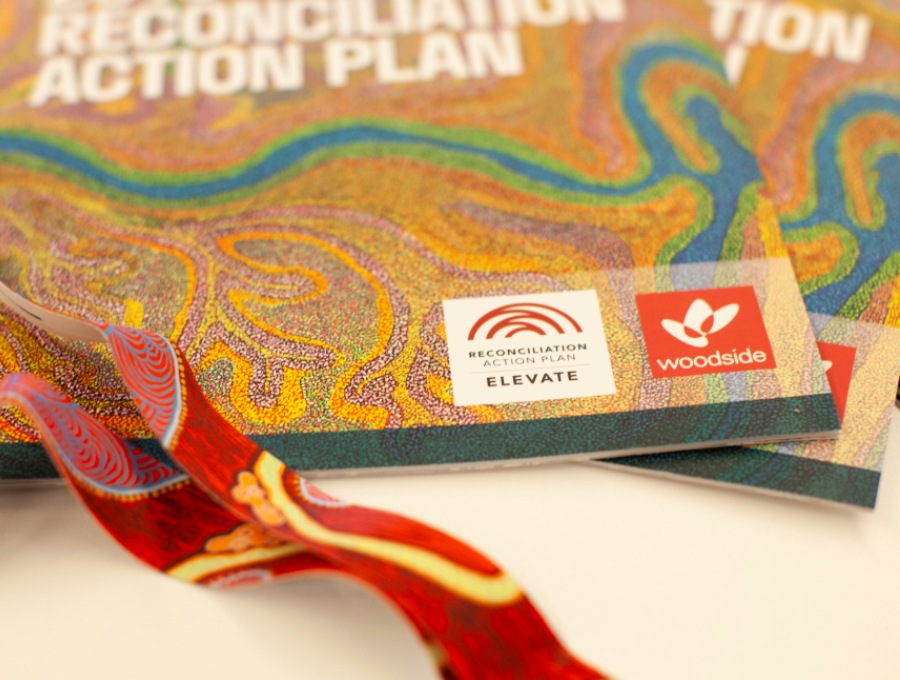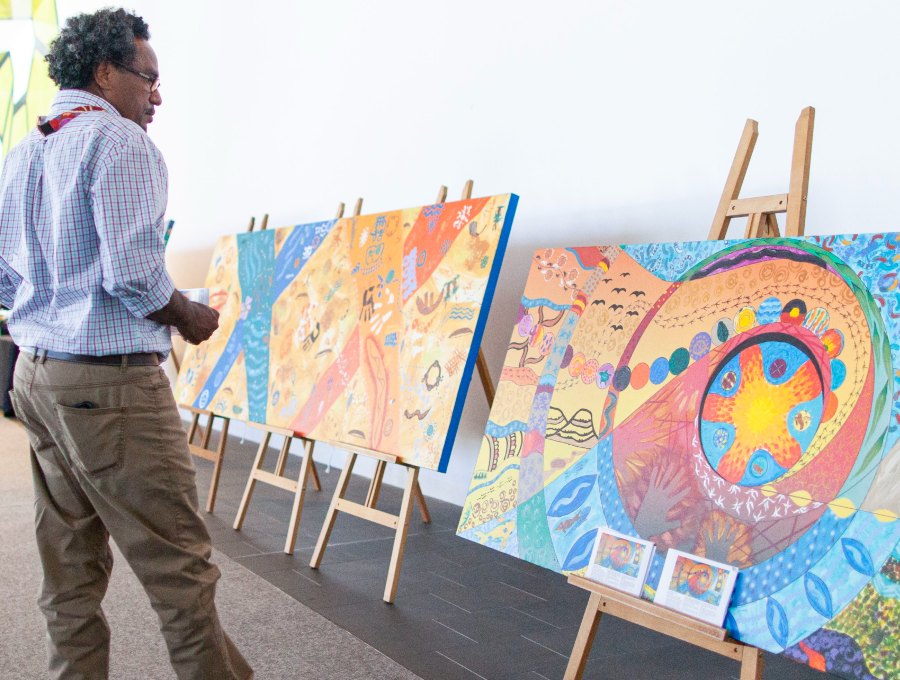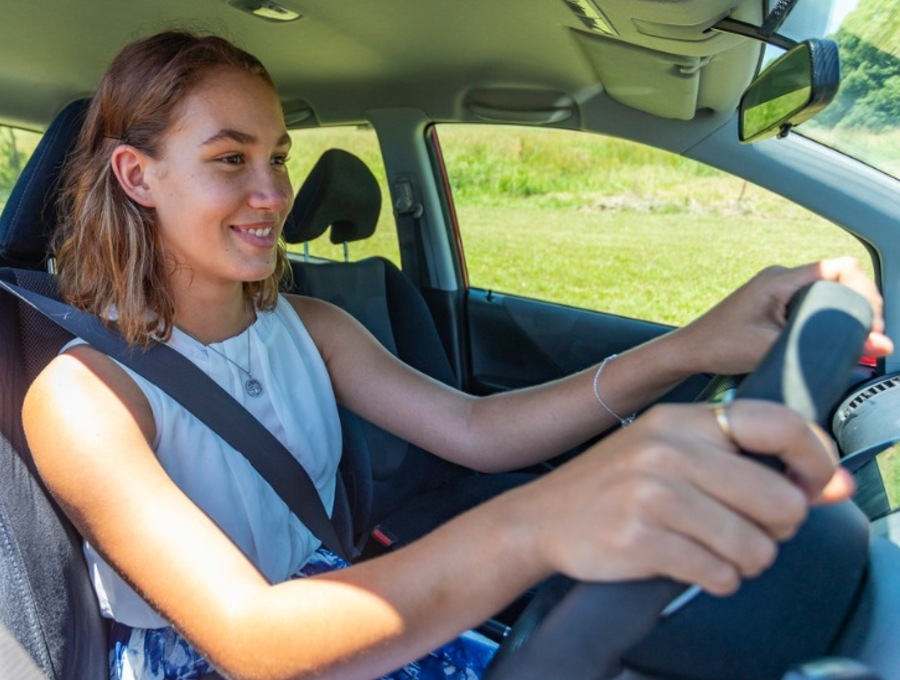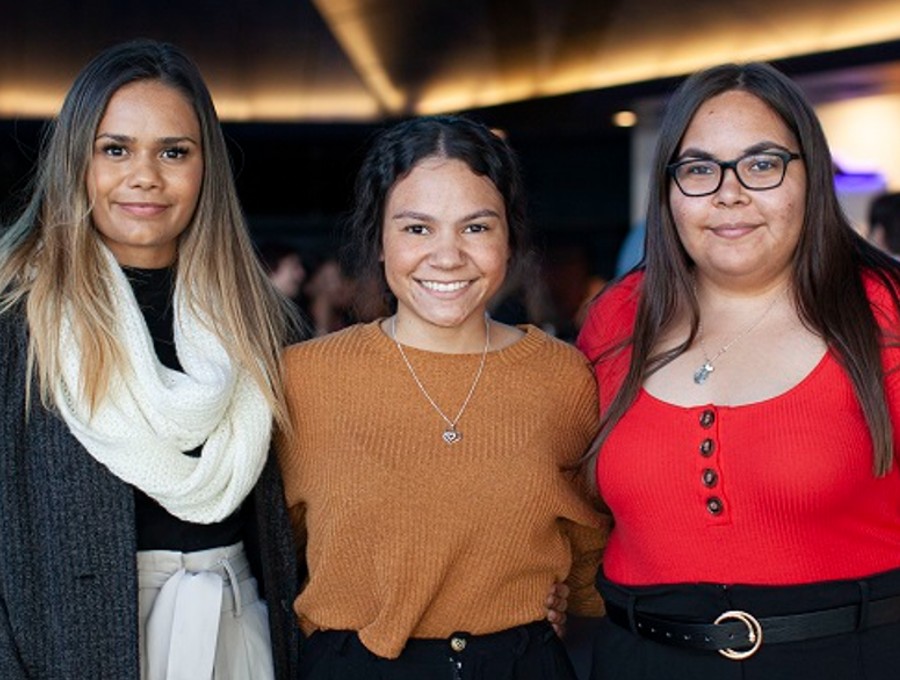A Reconciliation Action Plan (RAP) gives your organisation a framework to contribute to the reconciliation movement. RAPs deliver tangible and substantive benefits for First Nations peoples and increase cultural safety in the workplace.
From registration to accreditation, find out the steps you must complete to develop a RAP.
Want to start a RAP at your school or early learning service? Visit our Narragunnawali: Reconciliation in Education platform, for RAPs specifically tailored to education institutions, and for access professional learning and curriculum resources.
Our program is large and diverse — there is no such thing as a generic RAP. All RAPs are unique and tailored to the business, industry, and context of the particular partner.
Karen Mundine, CEO - Reconciliation Australia
The impact of RAPs
The latest RAP Impact report shows the tangible, positive and sustained effect the RAP program has had on advancing reconciliation.
With data on employment, procurement and uptake of RAP activities, the report shows the program is creating tangible benefits for organisations and First Nations peoples.
The RAP Framework
The four RAP types, Reflect, Innovate, Stretch and Elevate, allow organisations to continuously develop their reconciliation commitments.
Find out which RAP is right for you.
RAP information webinars
We invite you to join one of our weekly information webinars. This is a great opportunity to learn more about the RAP Program and meet our team.
Starting with a presentation and followed by a live Q&A, our sessions unpack the RAP Development Process from registration to accreditation.

